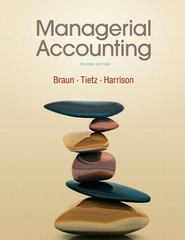Answered step by step
Verified Expert Solution
Question
1 Approved Answer
Topic: VENTURE CAPITAL You founded Agassiz Technologies, Inc. in June 2020. At that time you invested $50,000 of personal money in return for common stock

Topic: VENTURE CAPITAL


Step by Step Solution
There are 3 Steps involved in it
Step: 1

Get Instant Access to Expert-Tailored Solutions
See step-by-step solutions with expert insights and AI powered tools for academic success
Step: 2

Step: 3

Ace Your Homework with AI
Get the answers you need in no time with our AI-driven, step-by-step assistance
Get Started


